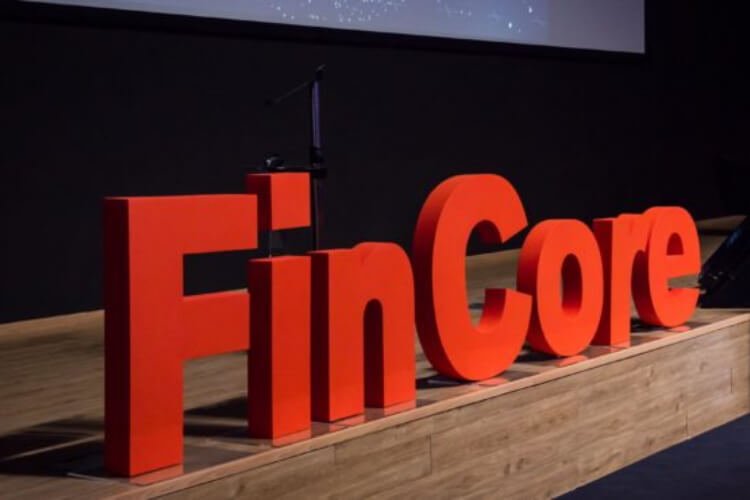What’s Going On with Lifestyle Ecosystems?
31 December 2019 08:24, UTC

Yuri Pakhomov
26-11-2019 10:59:50 | Technology
Lifestyle ecosystem or lifestyle platform is a “one-stop shop” that opens in a mobile application and allows to use not only banking products, but to purchase a wide variety of services and goods as well, ranging from plane tickets to household appliances. Ecosystem companies seek to maximize the customer experience by shaping their “consumer environment”. The client is dealing with a single provider of services and goods which has one access window, a single interface, common rules for purchases and settlements, a single contact for resolving claims if something went wrong. It is also assumed that ecosystems hold a large number of suppliers with their customer databases, will provide a more personalized information and advisory support through the integration of these data.
The most powerful of the known ecosystems is the Chinese WeChat, created on the basis of a social network and serving all the basic needs of almost every Chinese. As an example of large Russian ecosystems, one can cite Sberbank’s ecosystem beyond banking services.
In December, banking sector discussed lifestyle ecosystems at the FinCore 2019 forum in Moscow, going beyond the boundaries of narrow banking specifics: the ecosystem issues have clearly passed the peak of hype, as the volume and intensity of the discussions decreased, compared to what it was a year and a half ago.
Some banks considered the ecosystem as a source of additional margin, while others considered it as a non-profitable way to retain customers and attract new ones. Since then, many tried, but not everyone succeeded. Why? Ecosystem is a centralized system, which has one creator, owner and main beneficiary; it either absorbs other suppliers or establishes long-term partnerships. The owner of the ecosystem offers business partners a guaranteed high volume of the client market and sales in exchange for a part of the margin. But before getting to this extra margin, the ecosystem creator needs investments in IT development and infrastructure, attracting fintech startups, making arrangements in order to attract external suppliers to the ecosystem. Not everyone could handle it.
So, the general need for ecosystems is passing. But will it return? Speakers drew attention to several trends.
30-12-2019 10:00:00 | Technology
First, the margins of banks are declining. Secondly, the customers of those banks that have not joined the ecosystems will be hunted by the creators of ecosystems with both banking and non-banking “parent” core. Thirdly, the idea of mutual lending platforms which compete with banks will make its way through legislative obstacles. And finally, customers are less willing to purchase individual banking products — they want all transactions related to money to dissolve, become invisible, and be integrated into the process of buying and consuming, not money, but real end benefits. According to this scenario, banking will be pushed aside from the consumers and will take a distant place in the technological food chain. So it is too early to consider the idea of ecosystems to have served its purpose: after the first hype wave, the second may also come, and not only banks should be ready for it.
Still there is a problem which doesn’t seem to have any noticeable solution yet. It concerns the deep individualization of services and advisory support that should be based on Big Data technologies, by collecting and processing all digital traces of clients — in ecosystems, in search engines, in social networks and on any Web pages. So far, not enough effective models have been created that would ensure a “smart” individualization of communication with the client, which would allow making adequate proposals.
11-10-2019 09:55:29 | Technology
Currently, “smart” algorithms based on Big Data and machine learning sometimes surprise with their dumbness in communicating with the consumer. According to one of the experts, the most promising way to search for such models is to create “digital doubles” for specific clients. If businesses working in the consumer market will learn how to create such “digital doubles,” this will revolutionize the logic of information processes and the entire IT landscape of companies.
